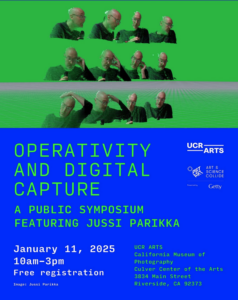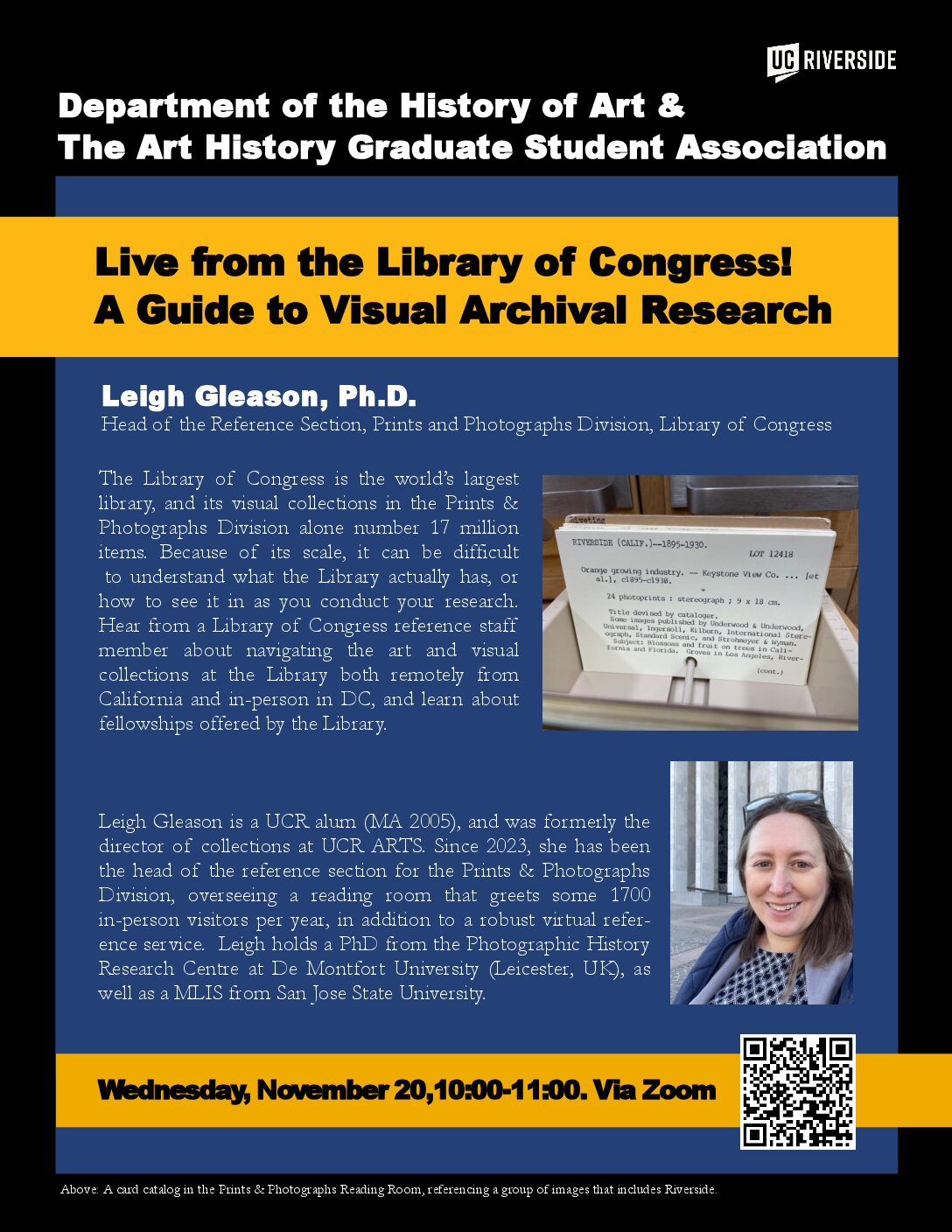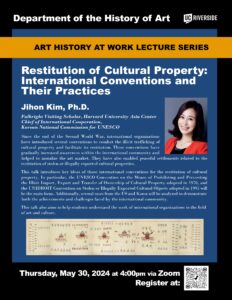Operativity and Digital Capture: A Public Symposium
January 11, 2025 | 10am-3pm
 Operativity and Digital Capture is a public symposium with media archeologist, Dr. Jussi Parikka, the first Visiting Professor at @ideasandsociety . At this event, theorists, artists, scholars and practitioners from Southern California will discuss the operations of machine vision, especially relating to agency, culpability and connection in an image world functioning at a remove from human engagement.
Operativity and Digital Capture is a public symposium with media archeologist, Dr. Jussi Parikka, the first Visiting Professor at @ideasandsociety . At this event, theorists, artists, scholars and practitioners from Southern California will discuss the operations of machine vision, especially relating to agency, culpability and connection in an image world functioning at a remove from human engagement.
The symposium is presented as a part of Digital Capture: Southern California and the Pixel-Based Image World on view at UCR ARTS California Museum of Photography and Culver Center of the Arts from September 21, 2024 to February 2, 2025.
Registration is free and seats are limited. https://ucrarts.ucr.edu/…/operativity-and-digital-capture/
UCR ARTS
California Museum of Photography
Culver Center of the Arts
3824 + 3834 Main Street
Riverside, CA 92501
ucrarts.ucr.edu
Digital Capture is made possible with leading support from Getty through the @pstinla : Art & Science Collide initiative.
Co-presented by University of California, Riverside’s California Museum of Photography, Center for Ideas and Society, History of Art Department, and Media and Cultural Studies Department. Additional support provided by the English Department at UCR. Support for the Inaugural CIS Visiting Professor is generously funded by UCR’s Office of the Vice Provost for International Affairs, Marko Princeva.




 Jihon Kim, Ph.D.
Jihon Kim, Ph.D.